
Air pollution can have a destructive effect on an urban home. Harsh smog and emissions degrade organic coatings, so it’s essential to choose a material that will withstand the elements but also age gracefully to maintain its good looks. Chicago-based Wheeler Kearns Architects took the natural route for the Orchard Willow Residence.
[Related: COPPER ROOF, SIDING REFLECTS THE SUN IN NATURE-INSPIRED NEW YORK HIDEAWAY]
“The clients’ desire for a connection to nature and their long-term outlook for their life in this home helped form our attitude on how this house should be built and how materials should be employed,” says principal Jon Heinert, AIA. “We conceptualized a palette of long-lasting, natural materials that would patina over time as they themselves would, allowing for the weathering and aging to be an acceptable transformation of the home.”
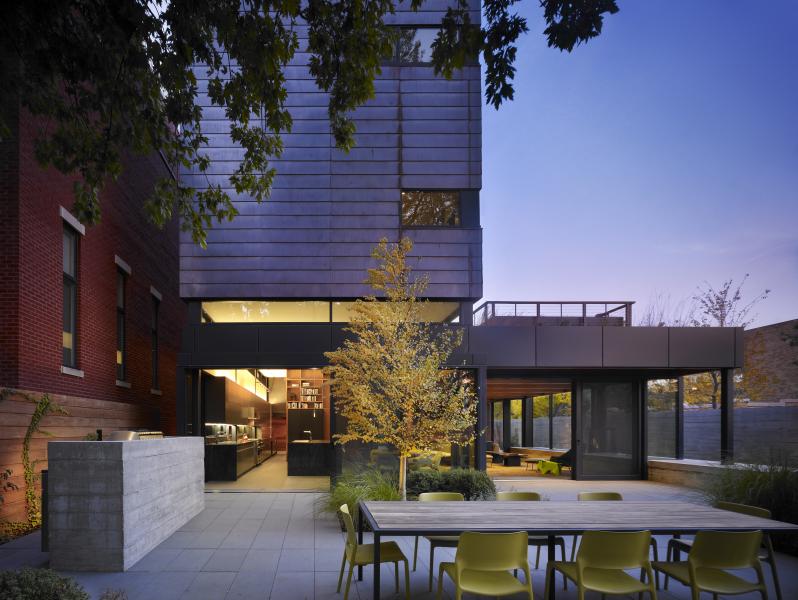
Wheeler Kearns used board-formed concrete, wood siding (initially oiled then left to turn gray), and stone floors (extended outside where they will take on the seasonal stains of tree leaves). But the pièce de résistance is the copper cladding that covers most of the vertical surfaces. The material will “evolve continually from a bright, shiny finish to a dark mottled purple, to its eventual green patina,” Heinert says.
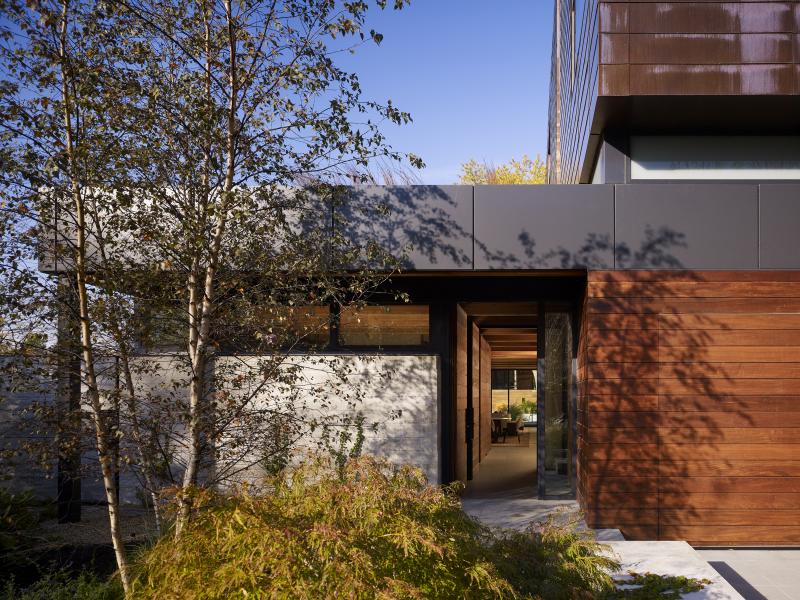
Manufactured by Aurubis, the copper was an obvious choice to meet the goals for the exterior, says James Tuschall, president of Burr Ridge, Ill.-based Tuschall Engineering Co., the sheet metal contractor on the project. “The owners and architect were seeking a distinctive design with a sustainable, long-lasting material that is maintenance free,” he says.
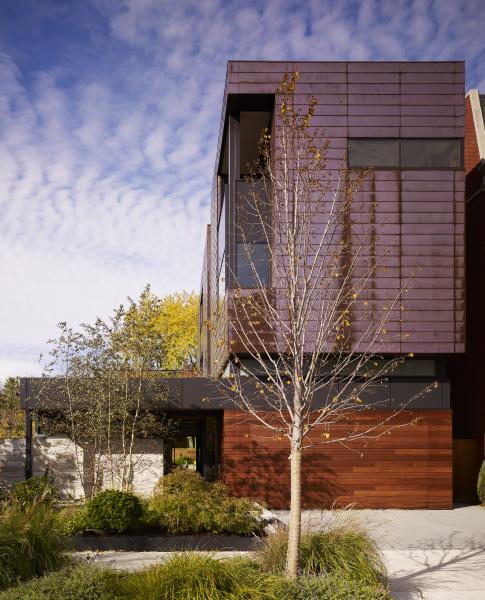
On average, copper can last 100 years or more, according to the Copper Development Association (CDA), the market development and information services arm of the copper industry. As evidence, the group cites a copper-roofed church in Philadelphia dating back to 1727. “The reason for copper’s longevity is the natural patina it develops with age that serves as a protective shell when the metal is exposed to the elements,” the CDA says on its website.
Tuschall used 1-millimeter-thick Nordic light brown, fabricating the metal into flat-lock panels.
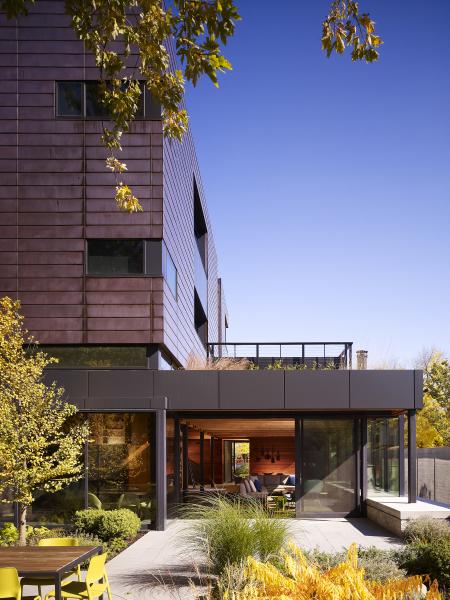
[Related: EXPANSIVE WINDOWS GIVE SUBURBAN HOME AN INDOOR/OUTDOOR CONNECTION]

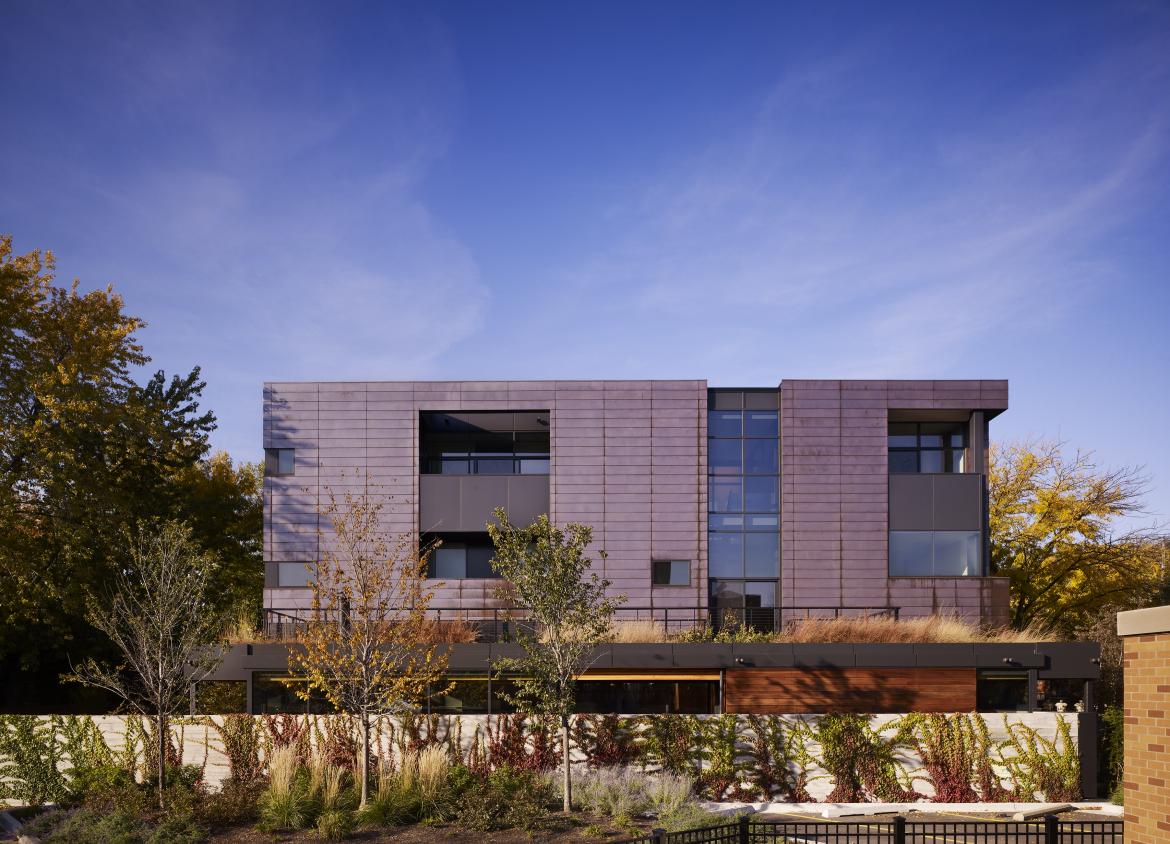
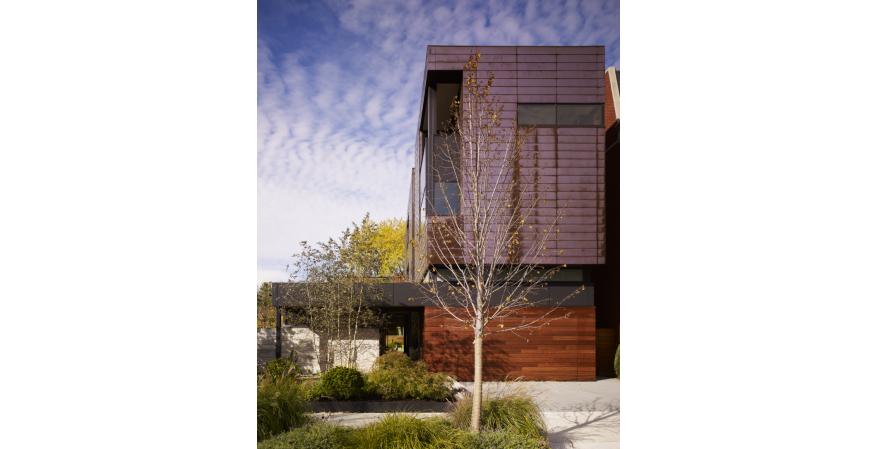
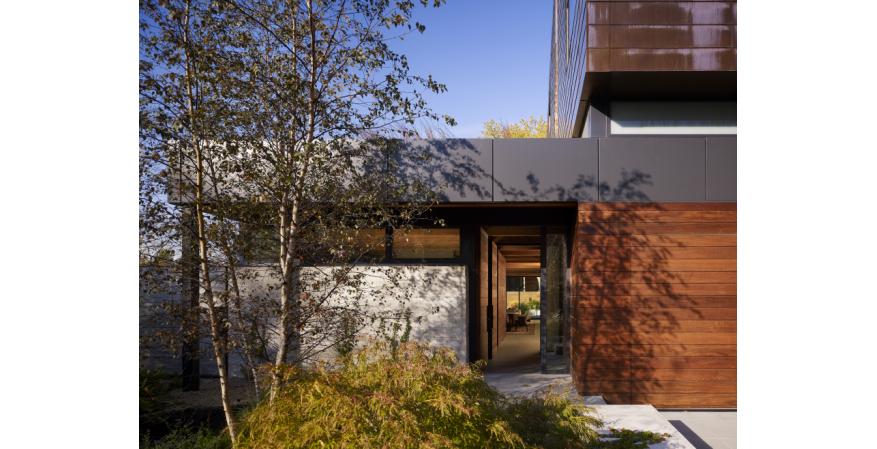
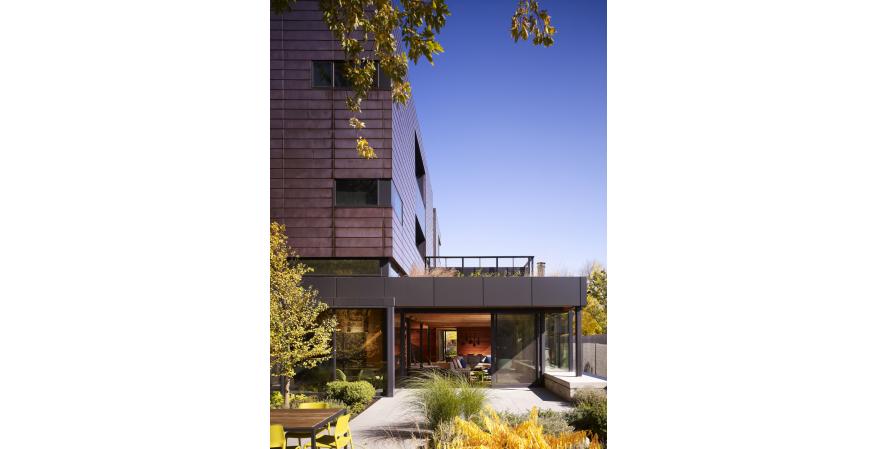
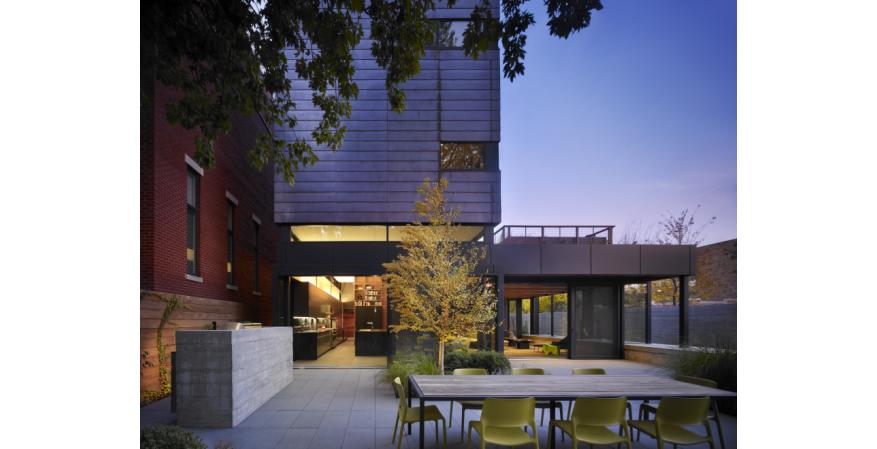
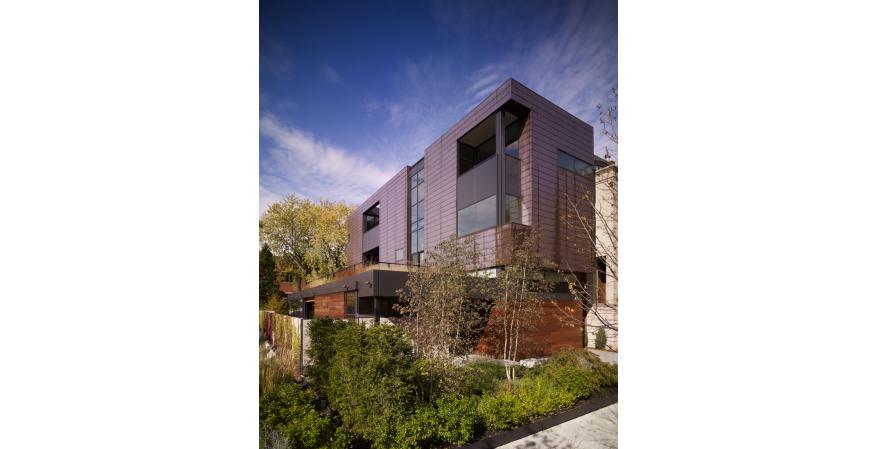

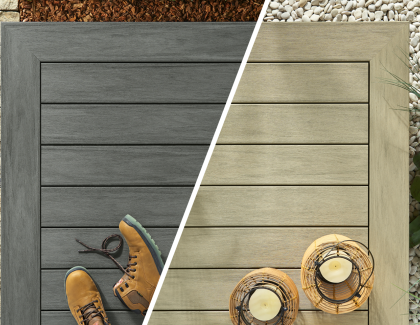

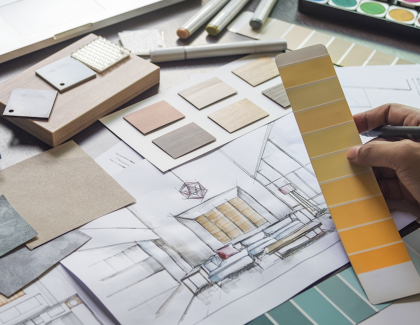
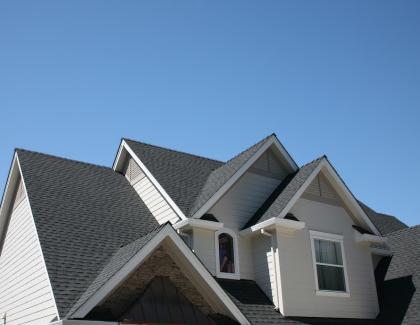


Add new comment